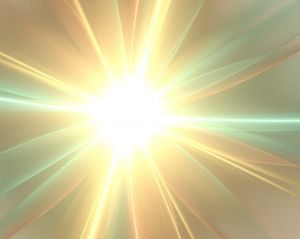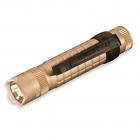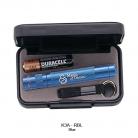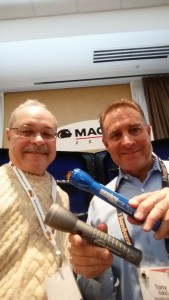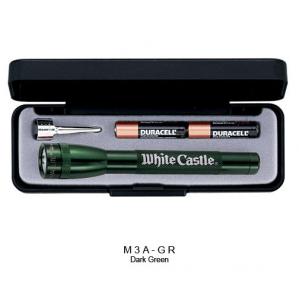 Hollow Triangular Architect 12″ Scale 3030
Hollow Triangular Architect 12″ Scale 3030
A good way to advertise your company is putting your logo on useful tools. Then give those tools to your customers or contacts. A unique measuring tool is an architect scale ruler. If you are in the building or remodeling business, this form of advertising is taylor-made for you. It will last forever, and so will your logo.
Your clients and customers can use it for:
- Reading the blueprints for building a new house.
- Reading the remodeling plans for an addition
- Making paper models of furniture to put in a new house.
- Choosing the right size hot tub or Jacuzzi to put in a new addition.
- Seeing if your present furniture will fit in your new house.
